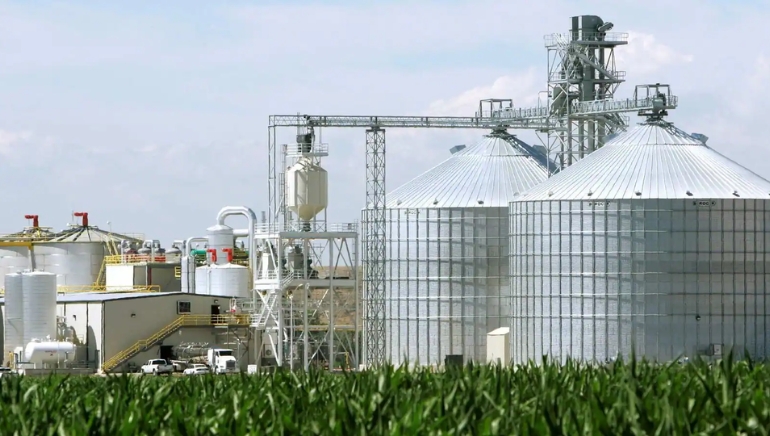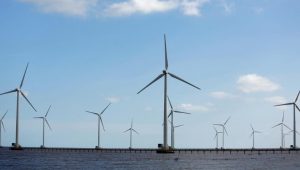The biggest second-generation ethanol plant in the world was launched in São Paulo by Brazilian President Luis Ignacio da Silva in late May. Using a novel approach that decreases emissions by 30%, the new Bonfim Bioenergy Park in Guariba will generate 82 million litres of ethanol per annum.
Bagasse, a byproduct of sugar cane processing, is the raw material for second-generation ethanol, often called bioethanol. According to Raízen, the company responsible for the Bonfim factory, this innovative procedure produces 30% fewer emissions than conventional methods. The remaining sucrose is extracted from crushed sugarcane using modern technology, and the cellulose fibres are separated for simpler fermentation using a hydrolysis process that employs enzymes.
To produce 1.6 billion litres of biofuel per year, Raízen is building nine more second-generation units. Brazil is the world’s leading producer of ethanol, which finds widespread use as an additive and engine fuel. The fact that hydrous ethanol can fuel 90% of Brazil’s new gasoline-powered cars is noteworthy.
The Argonne National Laboratory found that using bioethanol as a fuel can cut emissions by 50–60%, and that’s just during the manufacturing process. “Our engineers and researchers have achieved something unparalleled globally, transforming bagasse into high-quality ethanol,” President da Silva remarked during the opening.















